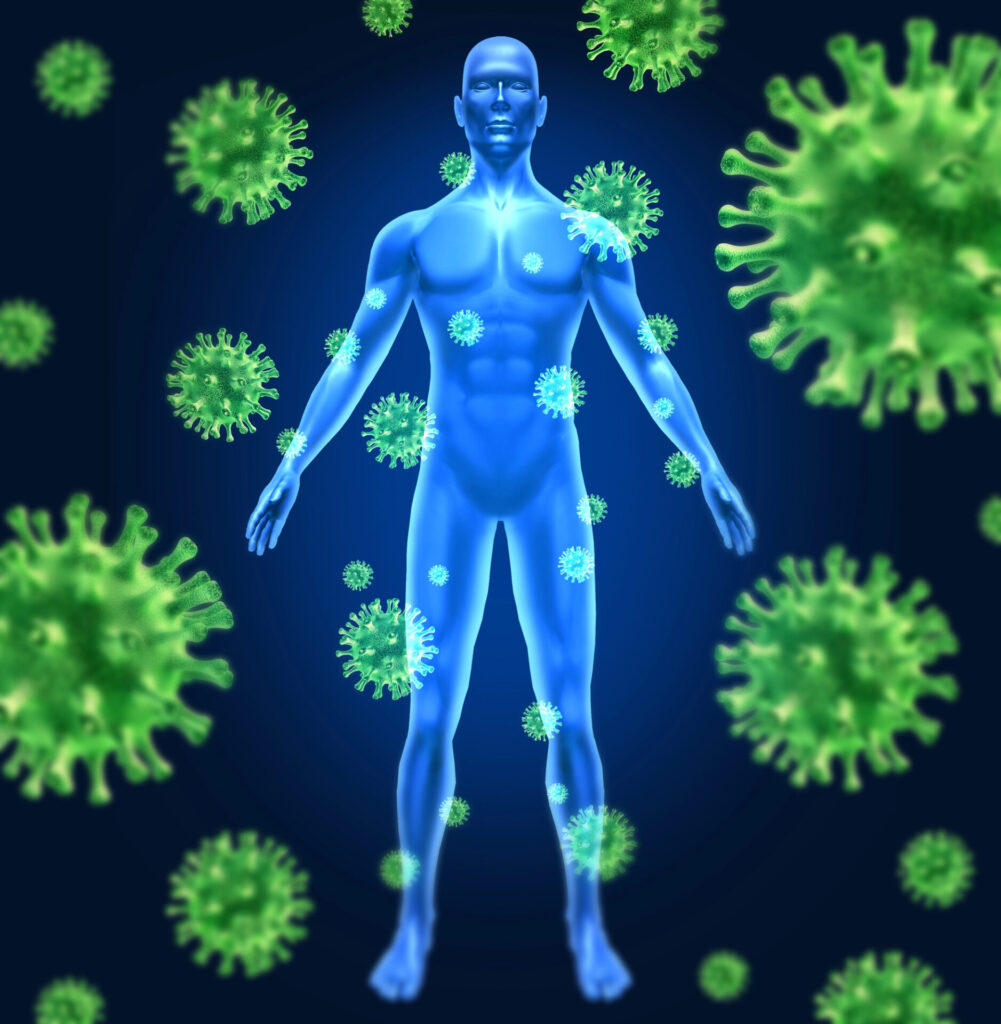Naturally present in the human body, silicon is integral for optimal collagen production, supporting the health of our skin and other vital tissues: including bones, joints, hair and nails. The second most plentiful element on earth and the third most abundant trace element in the body, silicon has been referred to as “collagen glue,” as it supports the strength and flexibility of collagen, the body’s connective tissue.
Silicon stimulates hydroxylation enzymes, critical for stability of collagen’s structure. Bioavailable forms of silicon, in conjunction with collagen, can further simulate production, activating important enzymes, and thus enhancing collagen’s overall vast benefits.
According to a 2022 review published in the Journal of Polymer Science, bioavailable forms of silicon exhibit promising results relative to cellular skin regeneration, growth, elasticity, wound healing and tissue engineering. Bioavailability is significant for efficient absorption of silicon. The chemical form of silicon, orthosilicic acid (OSA), presents with the highest bioavailability as evidenced by an extensive research review, and is widely prevalent in physiological fluids in the body.
This highly bioactive form of silicon plays an integral role in delivering silicon to a vast array of cells for utilization and absorption. The more bioavailable the form of silicon is, the more efficiently it will be absorbed into the cells of the body for use and to generate collagen.
Silicon is associated with the production of glycosaminoglycans (GAGs), repeating polysaccharide compounds with recurrent disaccharide units, having widespread functions in the body, determined by their structure. Present in all mammalian tissue, GAGs have been demonstrated to have pivotal roles relative to cellular hydration, cell signaling and the modulation of cell growth and repair.
Bound to glycosaminoglycans, silicon serves as a cross-linking agent amongst collagen and the proteoglycans of the extracellular matrix (ECM), supporting healthy cellular functions, including improved hydration, cell differentiation and proliferation.
A previous 2005 randomized, double-blind, placebo-controlled trial published in Archives of Dermatological Research exhibited favorable results of utilizing bioavailable forms of silicon for improving skin health. This study comprised 50 healthy volunteers with clear, clinical signs of photoaging between 40 and 65 years of age. One group (n=25) consumed two 10 mg capsules of OSA supplements daily for a period of 20 weeks, while the subsequent group (n=25) received a placebo. Results of this study demonstrated improvements in skin microtopography, anisotropy, and overall improved alignment of collagen fibers in the dermis.
Significant improvements in the surface of the skin were observed in the group administered the silicon (OSA) supplement, as well as mechanistic properties related to skin surface and regeneration— as evidenced by reduced skin roughness, increased hydration, improvement in isotropy of skin, and reduced bitterness of hair and nails.
A further randomized controlled trial published in The Journal of Cosmetic Dermatology demonstrated the role organic silicon plays in dermal health. This 2018 study evaluated skin or dermal modifications associated with the utilization of OSA. Twenty-two participants were randomized to either receive 600 mg of OSA or the placebo 15 minutes prior to breakfast for 90 consecutive days. Favorable changes were found in skin hydration, brightness, firmness and texture based on clinical and self-evaluation in those taking the bioavailable form of silicon supplement. This further underscores how activated OSA has been clinically shown to enhance bioavailability of collagen, thereby enhancing synthesis and its effects.
A subsequent 2021 randomized controlled trial comprised of 30 female participants randomized to either receive OSA or placebo twice a day for 20 consecutive days, and then once a day for the following 20 days. A nanosilicon solution was also applied to all participants’ right arms four times a day. Measurements were conducted relative to various parameters performed following 20 days and 40 days. A statistical improvement in barrier function and skin hydration was observed in all participants’ arms following 20 days. An increase in skin elasticity was also observed, however only in the group administered the active compound.
A 2023 review further underscores silicon’s favorable implications for improved skin and hair health, as well as promoting scar management and wound healing. Silicone polymers have gained recognition in various hair and skin products as a result of these findings. Thus, this area of research holds promise for supporting skin and overall tissue health with appropriate, thoughtful use of this pivotal trace element.





